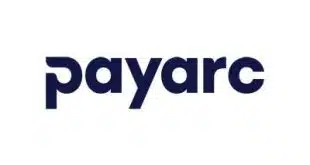Judging by recent standards, transactions on the automated clearing house network are sizzling. ACH traffic grew 5.4% in the second quarter, the second straight period of 5%-plus expansion for the 40-year-old system, which reaches virtually every financial institution in the country. That’s according to numbers reported by NACHA, the organization that regulates the ACH.
The stepped-up growth comes after a comparatively languid 2014 in which the ACH’s best quarterly performance saw transactions increase by 4.7%. The second-quarter number also represents the fastest expansion for the network since the third quarter of 2013, when the ACH registered a 6.5% growth rate.
All told, transactions totaled 4.78 billion for the April-through-June quarter.
The network’s fastest-growing transaction type is the IAT application, used for cross-border payments. These grew 26.6% over the same quarter last year, to 17.8 million transactions.
A perennial strong performer is the WEB application, for which NACHA now reports credits and debits separately. WEB debits, used by billers to receive online consumer payments, increased 13% to 987.5 million transactions. Meanwhile, WEB credits, which represent person-to-person payments, are exploding. These amounted to 14.2 million transactions, up from 10 million in the first quarter and just 195,898 transactions in the same quarter a year ago.
Among other e-check codes, so-called because they represent native-electronic replacements for checks or conversion of checks into electronic formats, the TEL application increased nearly 15% to 114.3 million transactions. TEL is used for payments consumers make to service providers over the phone.
Three applications that represent check conversion, however, continued to contract along with the secular decline of paper-check volume. The ARC code, used for the conversion of checks received in billers’ lockboxes, fell 6.7% to 367.5 million payments.
The picture is similar with two e-check applications that convert checks presented at the point of sale. The POP code dropped 13.5% to 80 million payments, while the BOC application fell 10% to 37.2 million items.
But prearranged payment and deposit transactions, which account for nearly half of the ACH’s volume, continued to grow at a steady pace. PPD debits, used for recurring payments to health clubs, homeowners associations, charities, and the like, increased nearly 4% to 886.8 million items. PPD credits, which represents payroll direct deposit, grew 3.5% to 1.45 billion transactions.
NACHA’s statistics do not include so-called on-us transactions, or cases in which an item is handled by a financial institution that houses both the payor and payee accounts.
—John Stewart





